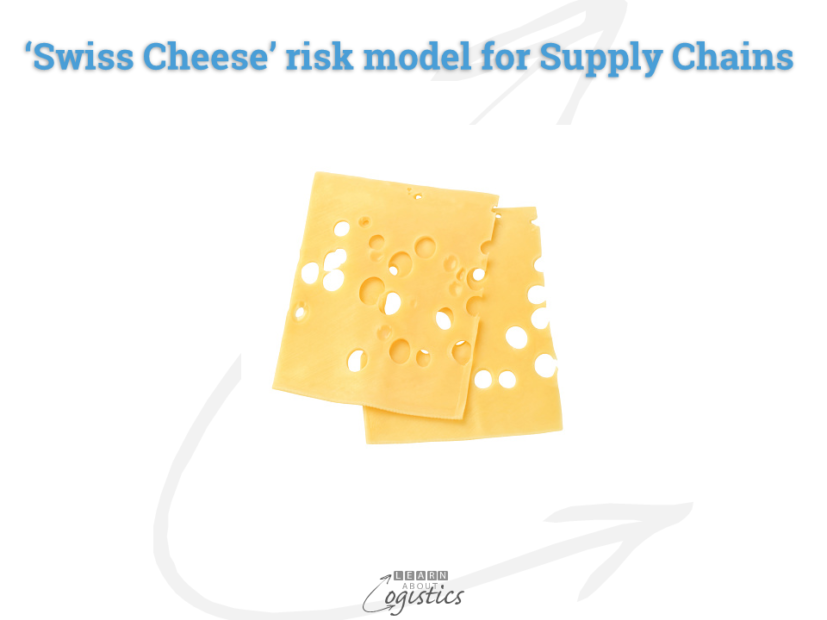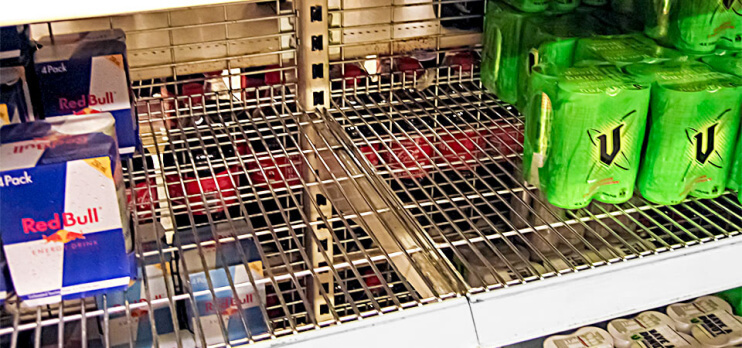Disruptions through supply chains
Physical and on-line retailers in many countries are being impacted by shortages through their supply chains. These are caused by global disruptions that have been well documented in the media. Added to this are domestic disruptions, such as a shortage of timber materials for the construction industry in the US and Australia.
The complexity of global supply chains means these disruptions will affect retailer’s sales and economies. Organisations within each supply chain respond to events in a manner that meets their objectives, using limited knowledge of their supply network. However, over the next 12-18 months, the problems will be resolved as either demand is reduced and/or supply increased, based on the lead-time syndrome. The time taken to re-balance supply chains is because the supply network of each organisation exhibits features of a Complex Adaptive System (CAS). The definition of a CAS is:
- A System: an interdependent group of elements that become a unified whole
- Complex: a system in which there are so many interacting parts that it is difficult, if not impossible, to predict the behaviour of the system, based on knowledge of its component parts. Complexity is built from the connectivity and relationships of elements within a system and between a system and its environment. A higher level of operational complexity is more likely in a system that contains a high degree of uncertainty
- Adaptive: behaviours that emerge as a result of interactions among elements at different organisation levels of systems in a number of organisations
The CAS term was developed in the late1960s within the study of biological species. Around the same time were studies in Europe concerning Control Theory applied to complex systems (called Cybernetics). In the mid-1980s, control theory was an input in the development of Complexity Theory at the Santa Fe Institute in the US.
In parallel with the study of CAS, work was undertaken in Europe to understand why accidents happened in prescriptive and controlled environments, such as hospitals and airlines. This developed into the study of risk analysis and risk mitigation. It built on the work of Juran and others within the Total Quality Management (TQM) movement of the 1980s, that “a process fault is ultimately the cause of most problems”.
- System or common causes are random influences, due to the way the ‘system’ is designed i.e. how things are to be done
- Special causes are brought about by events, which are not built into the system, but introduced by some occurrence outside the normal pattern or design of the system
This approach provided the input that errors by people are seen as consequences of organisational processes rather than causes. “We cannot change the human condition, but we can change the conditions under which humans work” Reason 2000. He characterised the condition of what he called ‘errors’ as:
- Latent Errors or conditions are failures inadvertently built into systems and procedures, by designers and management. These conditions are inactive, only actioned by Active Failures
- Active Errors or failures brought about by events, the same as Special Causes in TQM. Active Errors are not the source of problems
Swiss Cheese model
To illustrate risk mitigation in a system, James Reason developed the ‘Swiss Cheese’ model.

Each control implemented to reduce risk is represented in the picture as a slice of Swiss cheese. In an organisation there will be a number of slices and across a supply chain there will be many more. The holes in each slice represent inadvertent weaknesses built into parts of the system; these will continually vary in size and position across each slice. The system will produce a failure when a hole (risk) aligns through each slice in a system.
However, in each slice are ‘checkpoints’ or controls that can stop a risk in one layer from becoming a threat in other layers. The controls do not have to be perfect in design, but it is important to have multiple layers of defence.
An example implements four minor controls, each being 60 percent effective. Therefore, the chance of failure is the remaining 40 percent. To identify the effect of four controls, combine each individual chance of failure:
- One control in place, the chance of failure is 40 percent
- Two controls in place, the chance of failure is 40 percent x 40 percent =16 percent
- Three controls in place, the chance of failure is 40 percent x 40 percent x 40 percent = 6.4 percent
- Four controls in place, the chance of failure is 40 percent x 40 percent x 40 percent x 40 percent = 2.56 percent
- With four minor controls in place, the chance of confining the risk to its layer is 97.4 percent
Chaos Theory
Although a CAS appears to behave randomly, in complexity theory chaos is not random – it only appears to be. The role of Chaos Theory is to Identify an underlying order, which helps to understand complexity in a system. Applying the mathematical techniques associated with Chaos Theory, it is possible to identify an underlying pattern within the system and which element(s) control the system. This has a potential to provide some control over randomness in a system and so turn what appears to be instability into a supply chain asset. Mathematics academics at a university should be able to assist you with applying Chaos Theory to your supply chains.
Systems Thinking for Supply Networks
In 2001, Choi et al. posited that “supply networks should be recognized as a complex adaptive system (CAS) that emerge rather than result from purposeful design by a singular entity”. They also state that “managers must appropriately balance how much to control and how much to let emerge”. In his book Supply Chain Risk (2014) John Manners-Bell discussed the Swiss Cheese Model and its relevance to the structure of supply chains and networks. He discussed a scenario of an organisation and its latent conditions. When an ‘active failure’ occurs, latent conditions align across a supply chain to trigger a major event.
The current global disruptions within supply chains provides a good illustration of Complex Adaptive Systems at work. This shows that supply chains cannot be ‘managed’. And, beyond the use of ‘track and trace’ applications for the delivery of orders, ‘visibility’ through your supply chains is unlikely to occur. Supply Chain professionals must therefore better understand their supply network through gathering intelligence, applying analytics and evaluating risks to enable predictions to be made with reasonable certainty.

